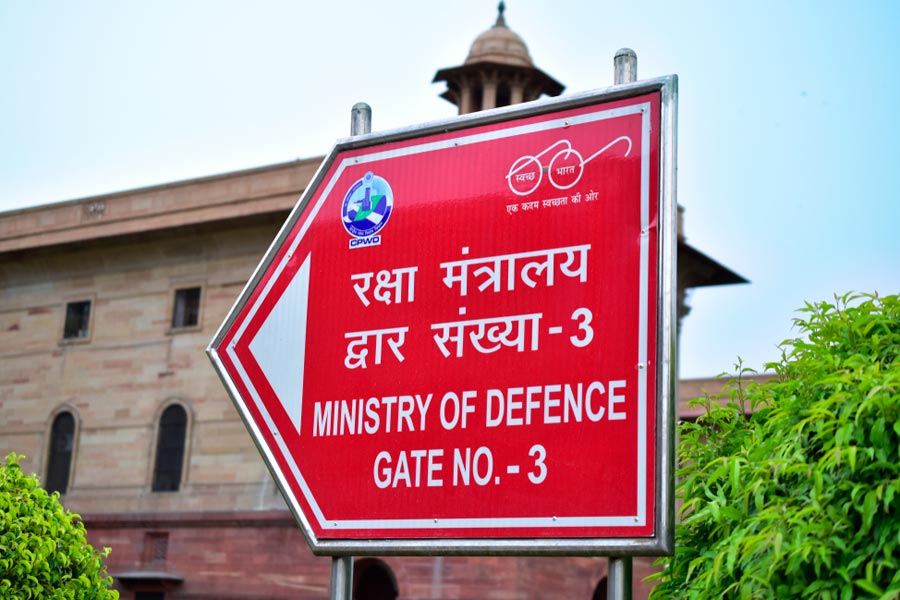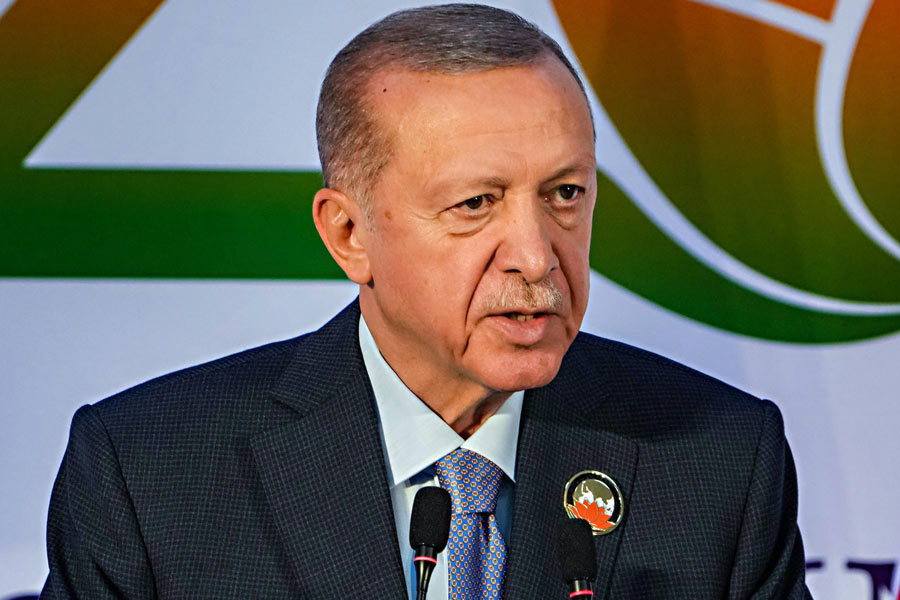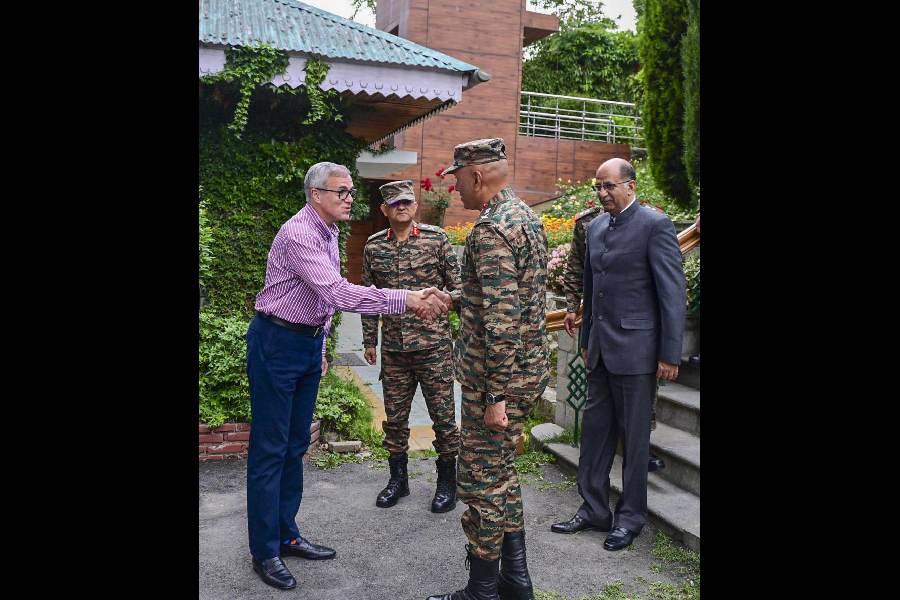Darjeeling, March 26: The contribution of Tibetan refugees, as part of the India government?s paramilitary force, has always been kept a secret.
This, despite the fact that the Special Frontier Force (SFF) formed on November 14 1962, lost men in action in several high profile wars like the Indo-Pak war and the Chinese aggression.
Though raised by the Indian government, India has managed to keep the SFF ? also called the 22 Army ? sufficiently away from public glare. ?Even during the Kargil War, five SFF personnel died fighting for India?s cause. While the government highlights the sacrifices made by other military units, the heroics of SFF personnel are never told. In fact, both the India government and Tibetan government-in-exile want the existence of the SFF to remain in this manner,? said K.C. Agnihotri, national convener, Bharat-Tibet Sayhog Manch, over phone from New Delhi.
Sources in the army told The Telegraph that the force, which, unlike the army, is under the Union home ministry has always been kept ?a secret?.
The Telegraph, however, met a number of retired ?22? (called the Two-Two) personnel who have served India, but refused to talk about their role because of their refugee status. The SFF is perhaps the only regular army in the world comprising refugees alone.
The SFF, which is headquartered at Chakradha near Dehradun, has seven units (similar to a battalion) called vikas. The recruitment is done after the local office of the Tibetan government-in-exile sends a list of the refugees ?after verifying their credentials like the green book (a document to prove the refugee status) ? on requisition from the SFF authorities.
?SFF personnel are given training for nine months. They enjoy all the facilities enjoyed by their counterparts in the Indian Army, including the gallantry awards. However, the SFF personnel do not get any pension but an amount equivalent to 100 months of salary on retirement,? said the source.
Each vikas consists of about 800-850 staff members, but the refugees are not allowed to head any battalion.
?The unit is usually headed by a colonel from the Indian army,? the source added.
While it is largely believed that the SFF unit was raised by Jawaharlal Nehru during the build up to the Indo-China war and to subsequently help fight for the freedom of Tibet, the role of the SFF has changed over the years.
?They are now used as back-up force in any major Indian offensive against the enemy,? the source said.
For Tibetan refugees who had thought of contributing towards Tibet?s cause by joining the Indian force, the SFF is an instance of a lost dream. ?Well, we cannot say much because of our status. When the force was raised, the idea of contributing towards Tibet?s cause was a big incentive,? said a retired SFF man. No wonder the number of deserters in the SFF is relatively high.











